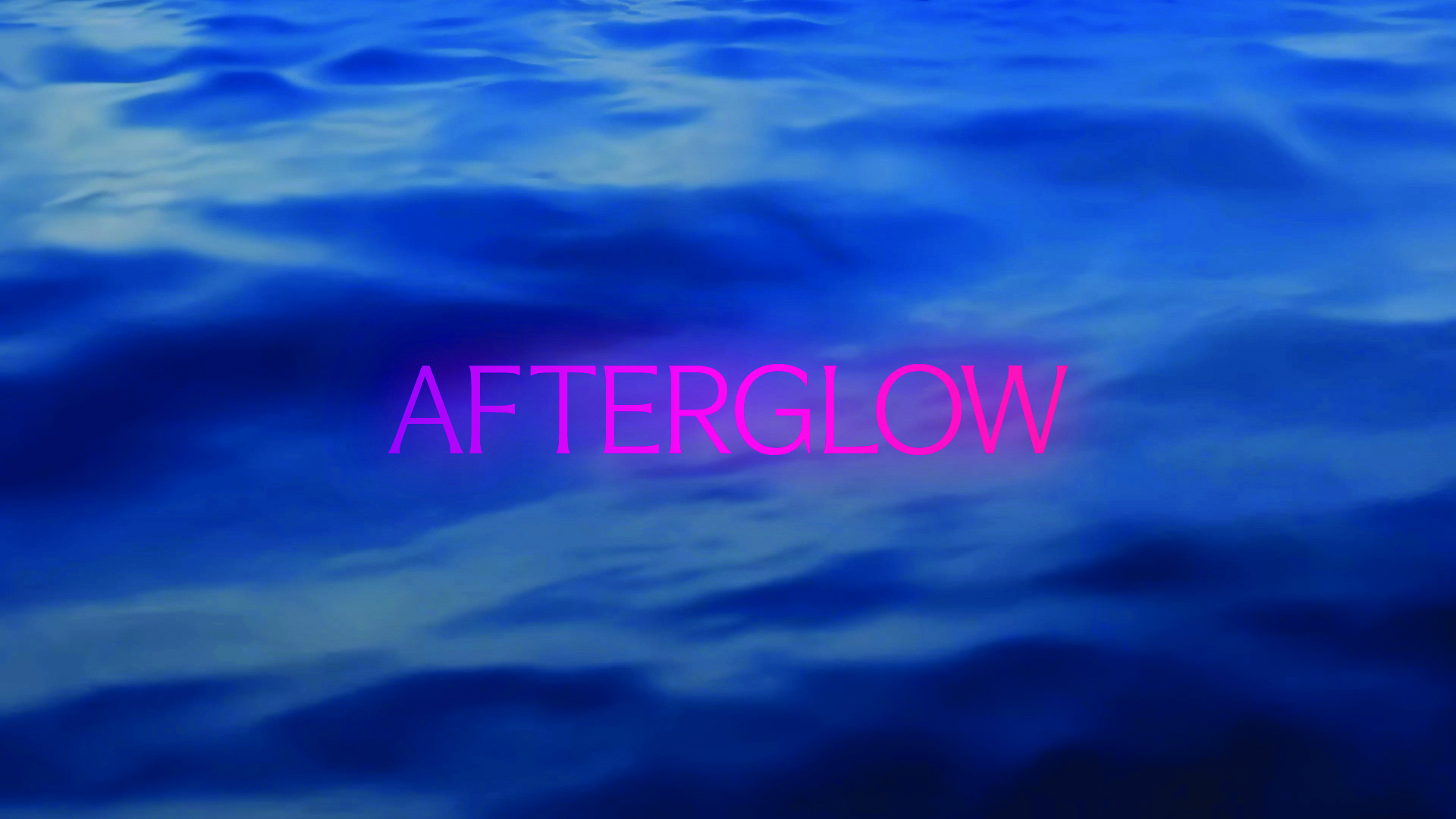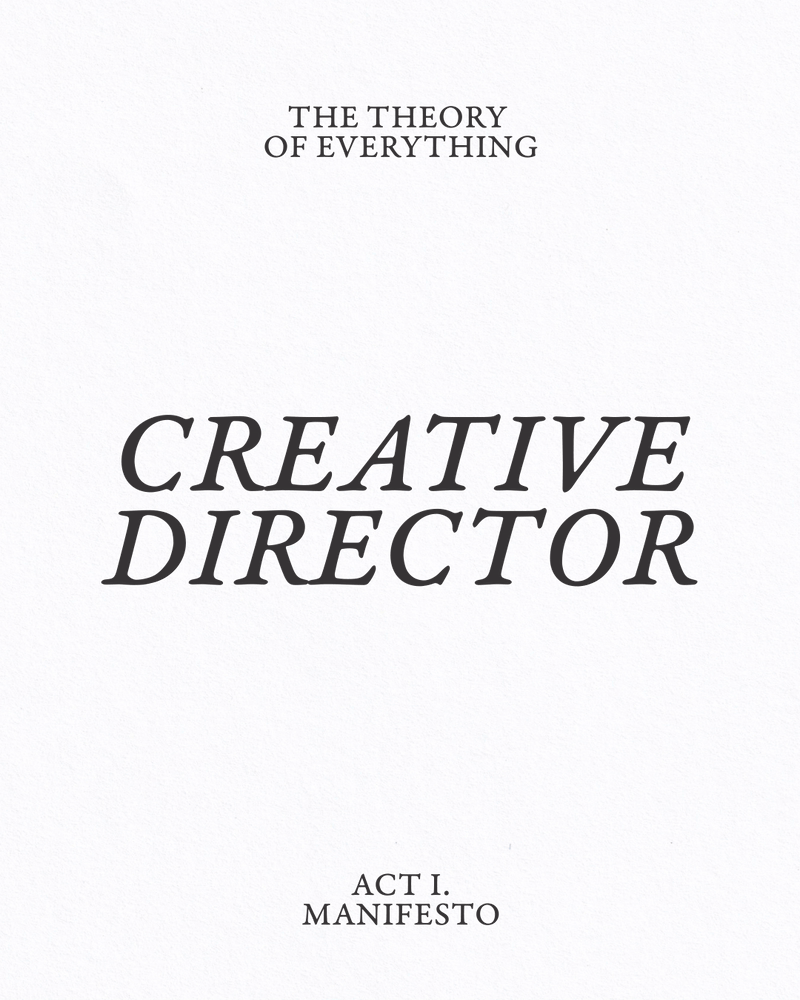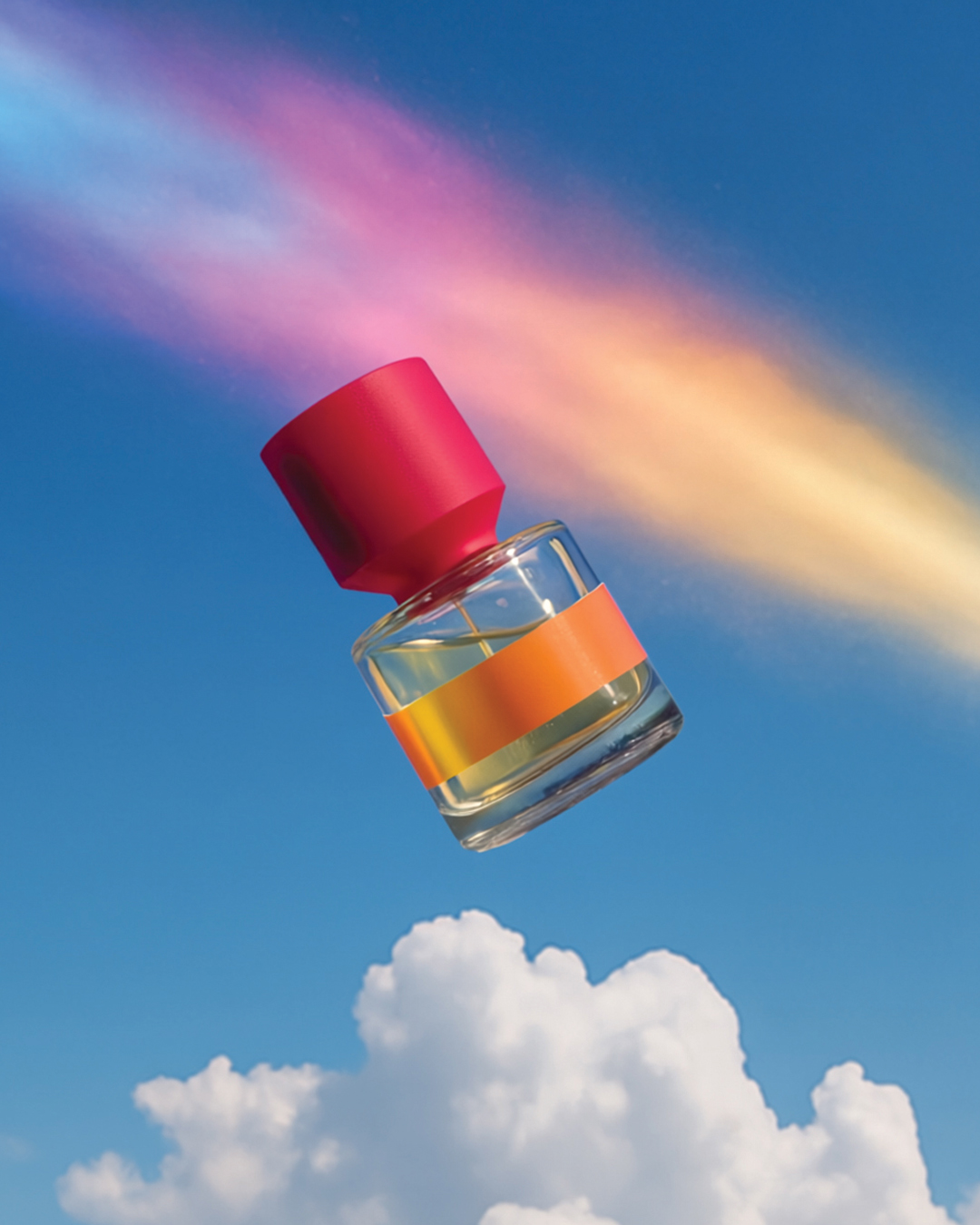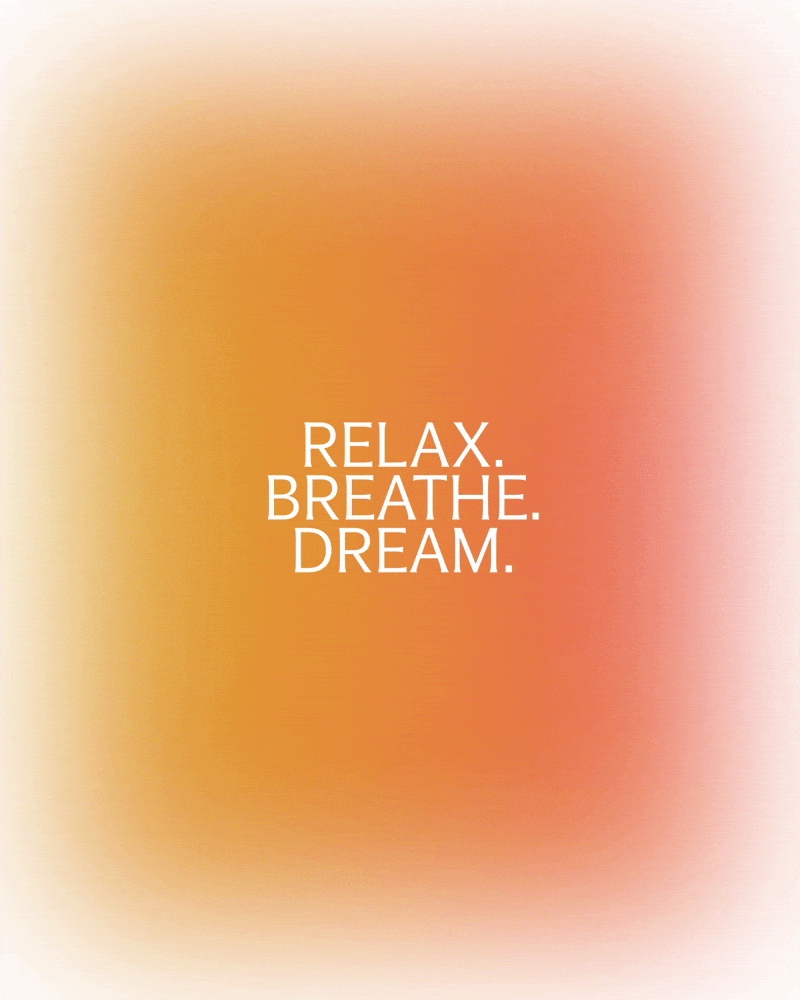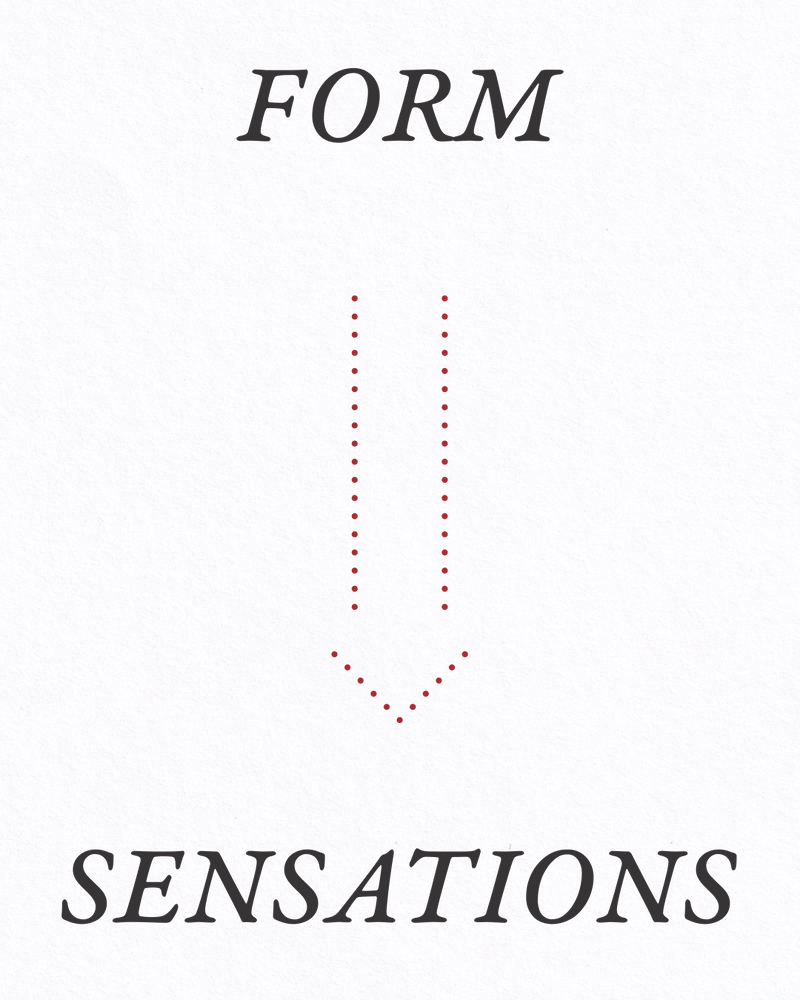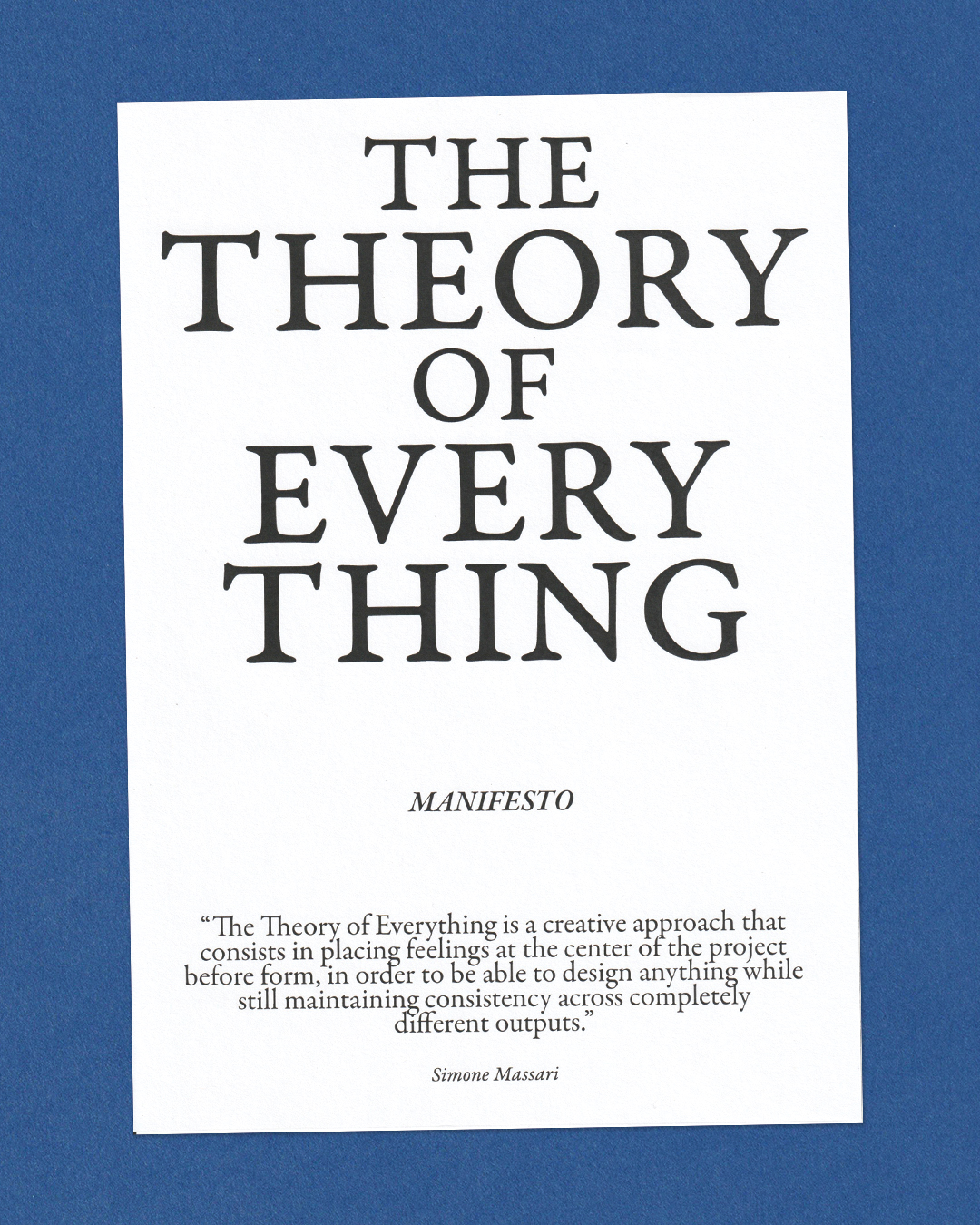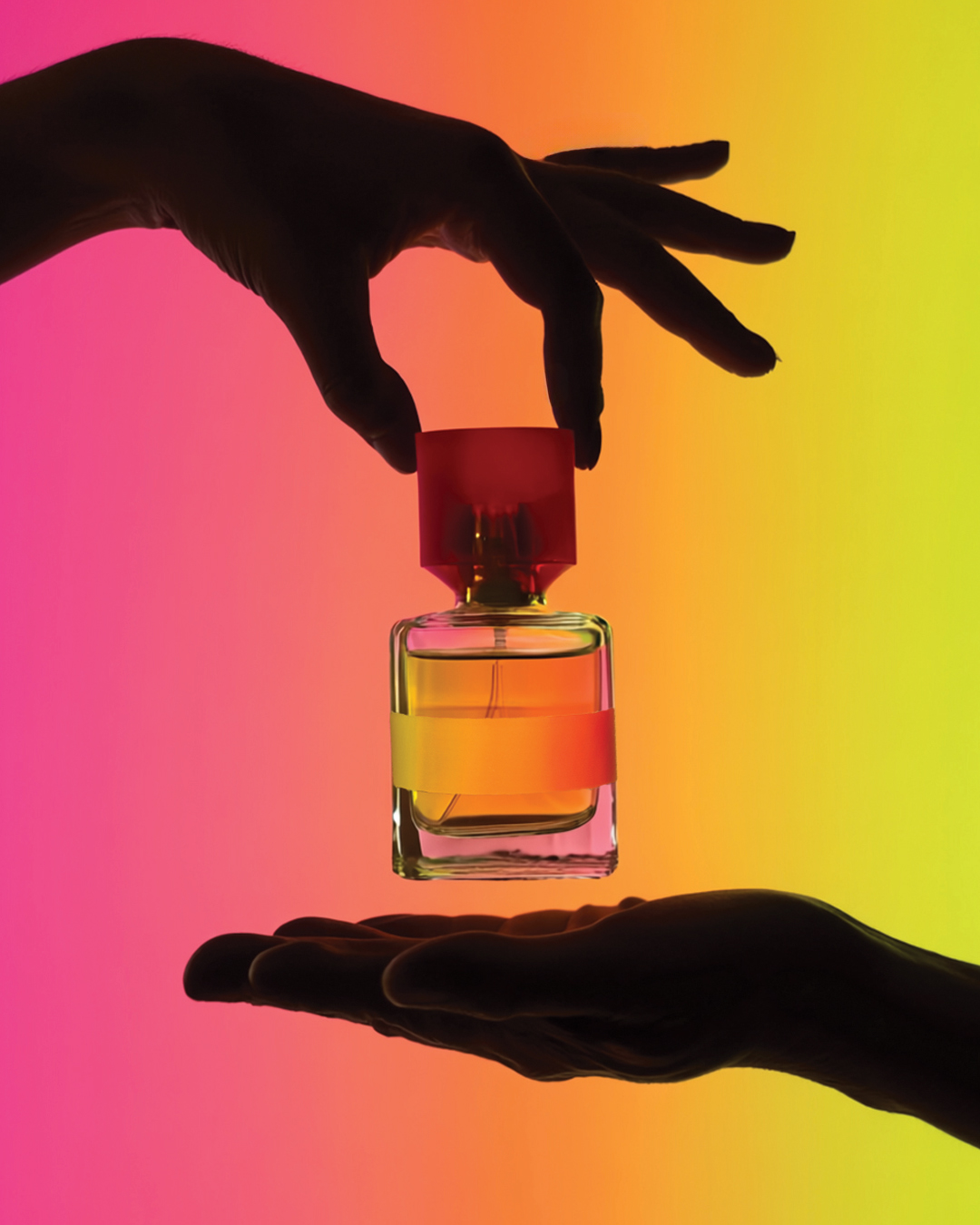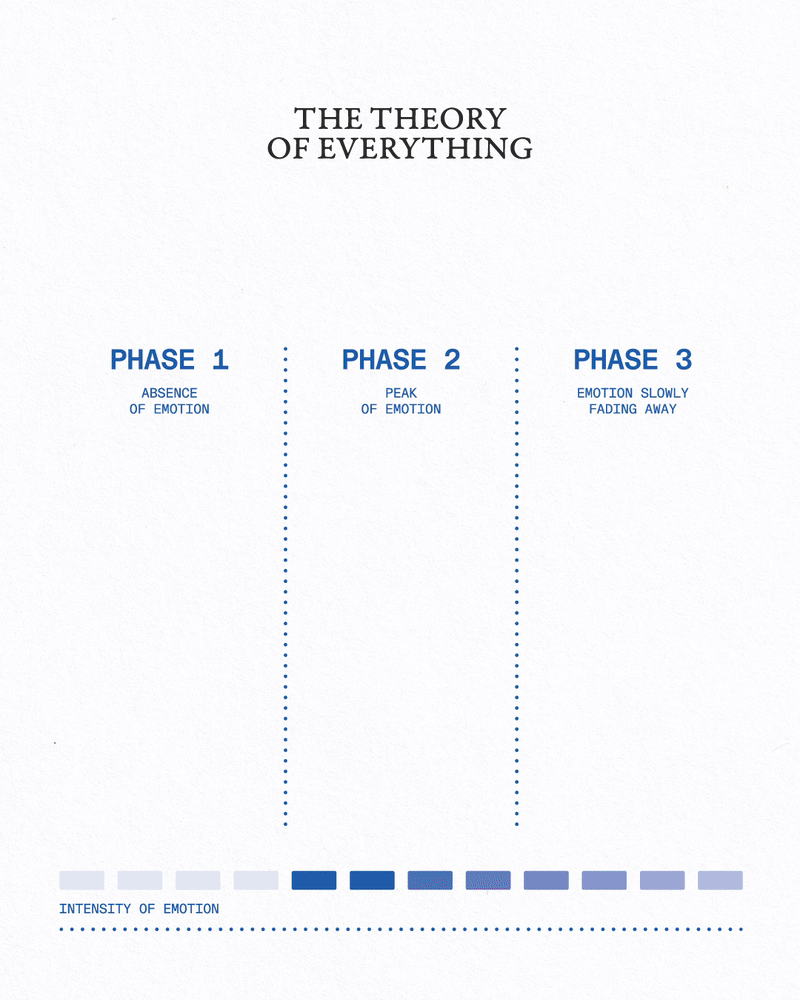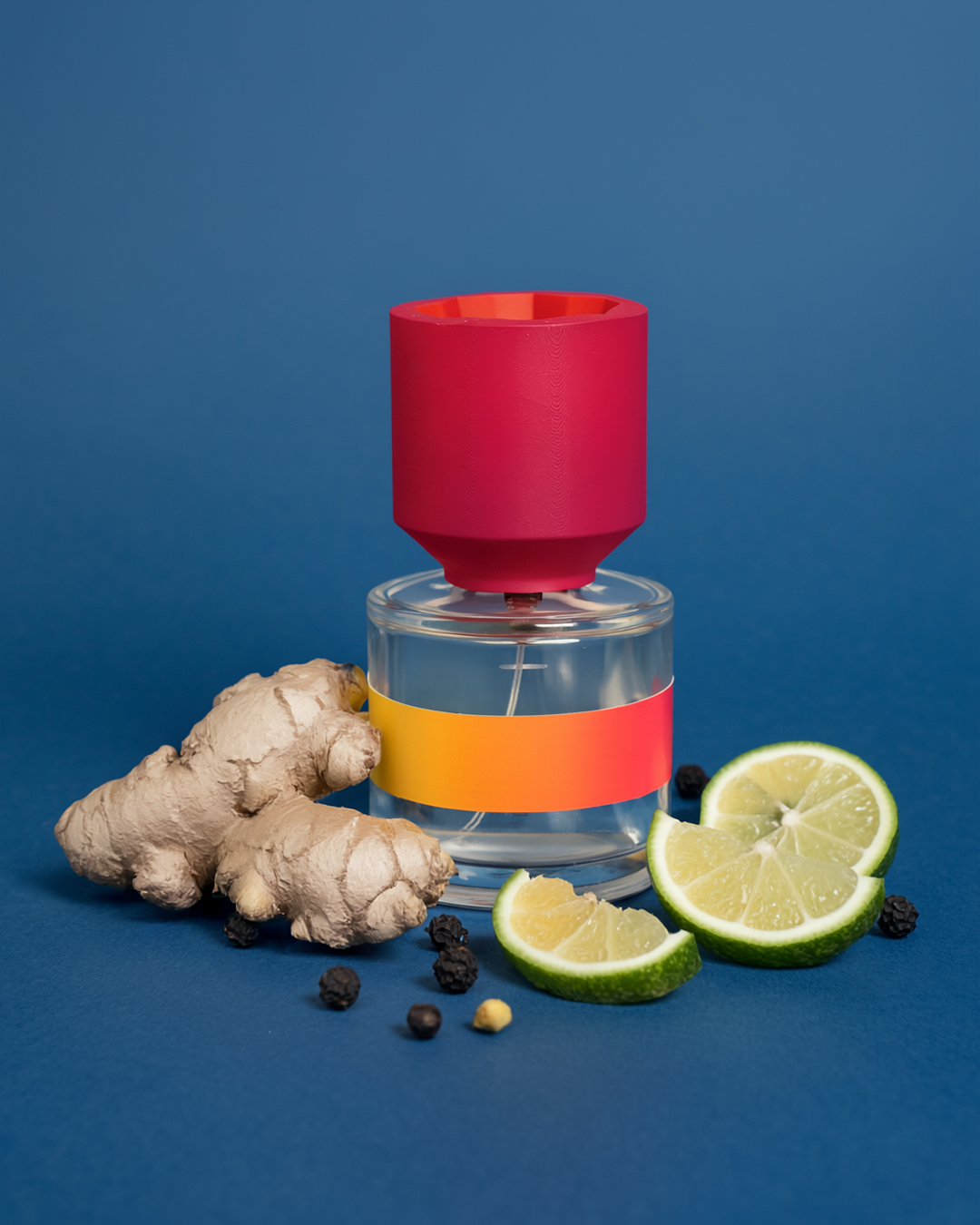
What do a summer perfume and a summer song have in common?
Formally, nothing: one is defined by notes of lime and mandarin, the other by a tropical synth or a guitar riff.
Yet, on an emotional level, they both convey the same sensations: lightness, freshness, and freedom.
The Theory of Everything is a creative approach that enables designing anything, in any field, by starting from feelings rather than form.
By reversing the usual design process, a good creative director, supported by the right professionals, can design anything in any field, maintaining full coherence between concept and execution.
In Act II of this project, the book, I tell my story and how I came to develop this theory. Across 362 pages, I explore its methodology, how to apply it, and prove its effectiveness through a real project.
The book is divided into four main sections, each guided by a question:
How did I get here? What do I want to do? How do I want to do it? How do I want to show it?
Everything began indirectly thanks to Virgil Abloh. In an interview, he said that Off-White is “two things in one”: a luxury brand for those who can afford it, and an inspiration for those who can’t. My first project was a small brand I started at 16 with a friend to buy a T-shirt, which I later discovered was an Off-White one.
In the second chapter, I explain how my passion for multiple disciplines led me toward creative direction, drawing inspiration from figures like Kanye West, Rick Rubin, Billie Eilish, and others.
The third section introduces The Theory of Everything: a 10-step methodology for approaching any project in a completely interdisciplinary way.
Finally, in the fourth chapter, I apply the theory to a deeply personal emotion: the rush of energy I felt when I realized my creative path had been shaped by Virgil Abloh. From that feeling, I created a perfume and designed everything surrounding it, transforming an emotion into a coherent, multidimensional project.
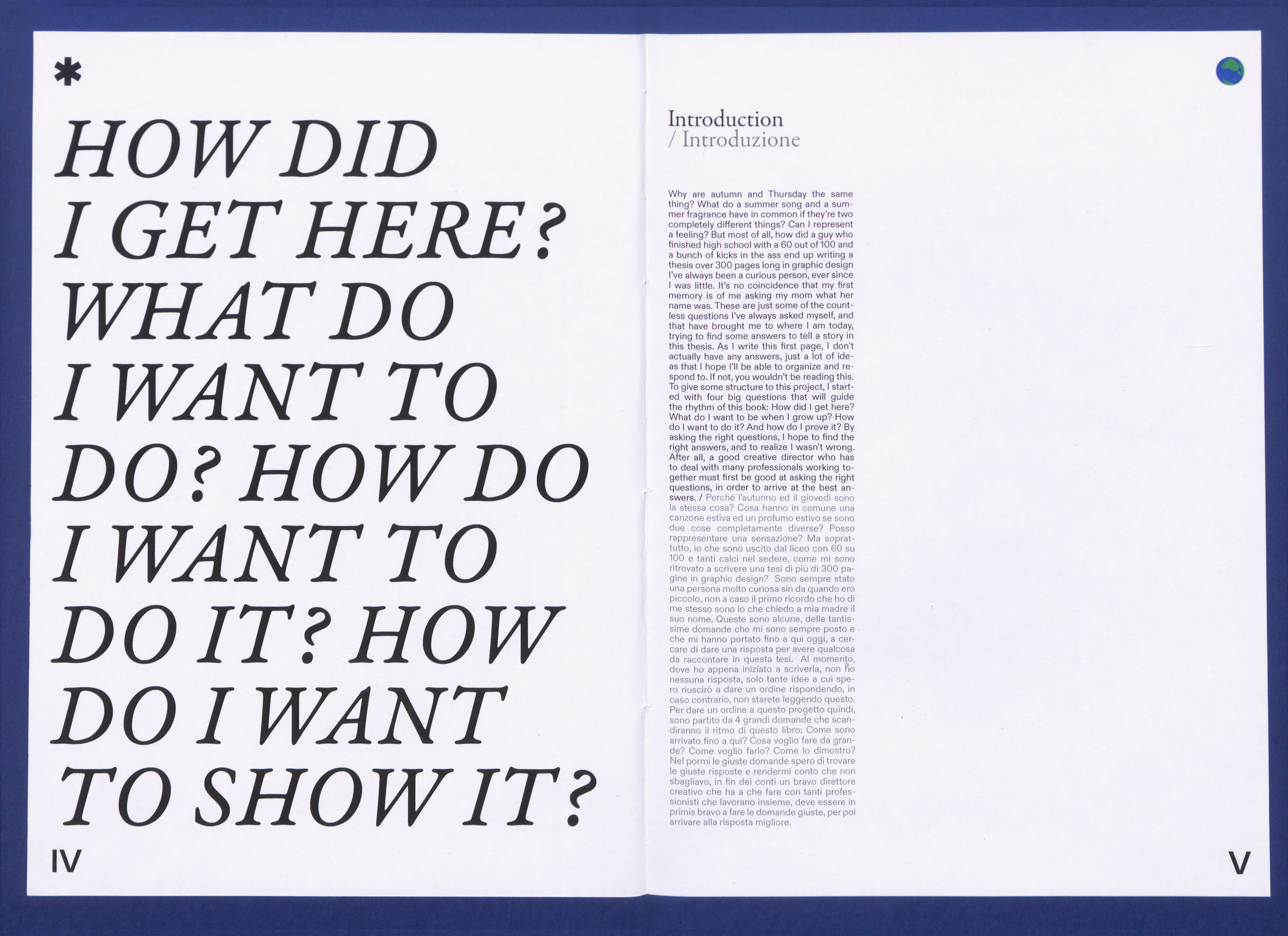


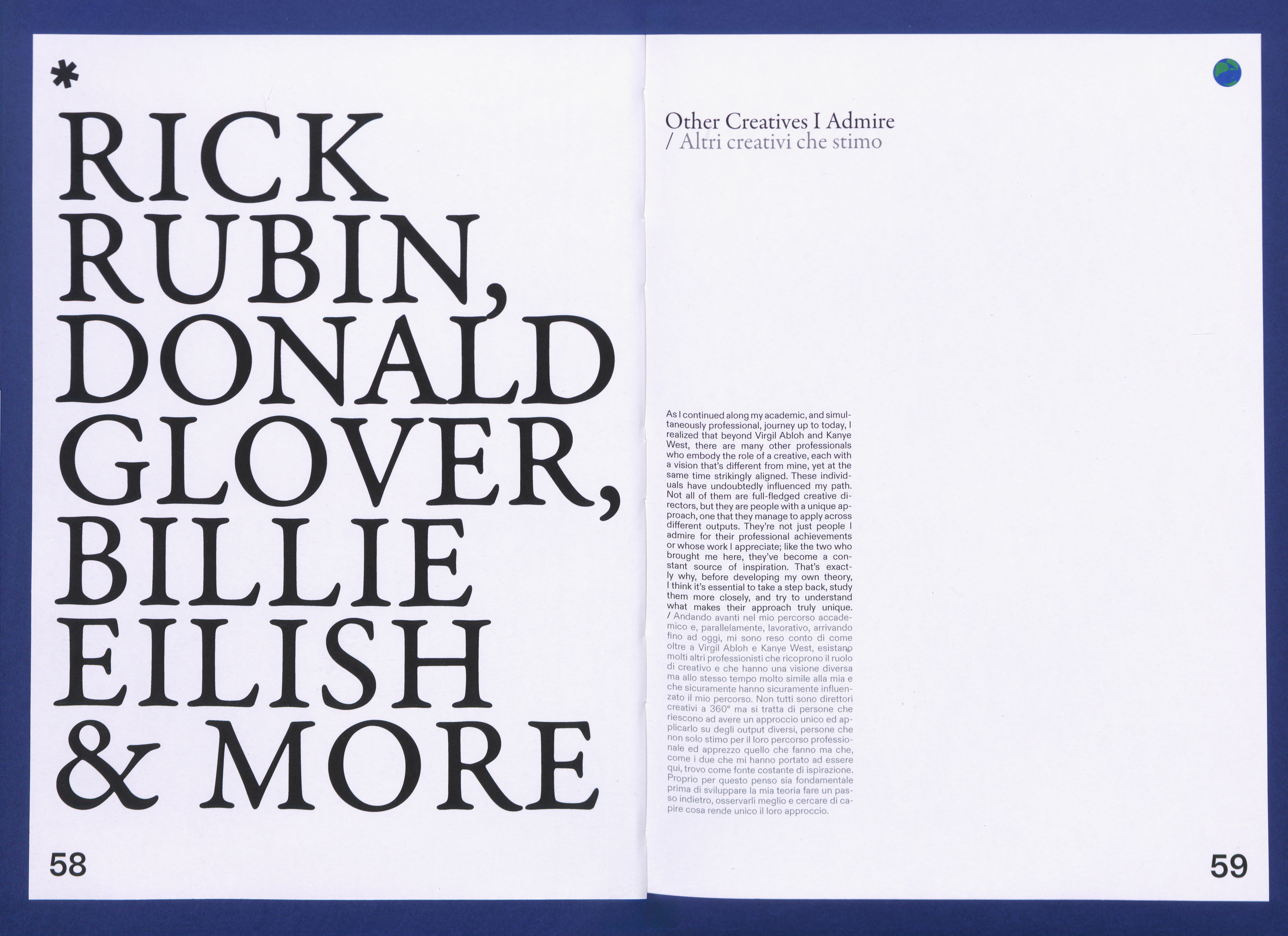
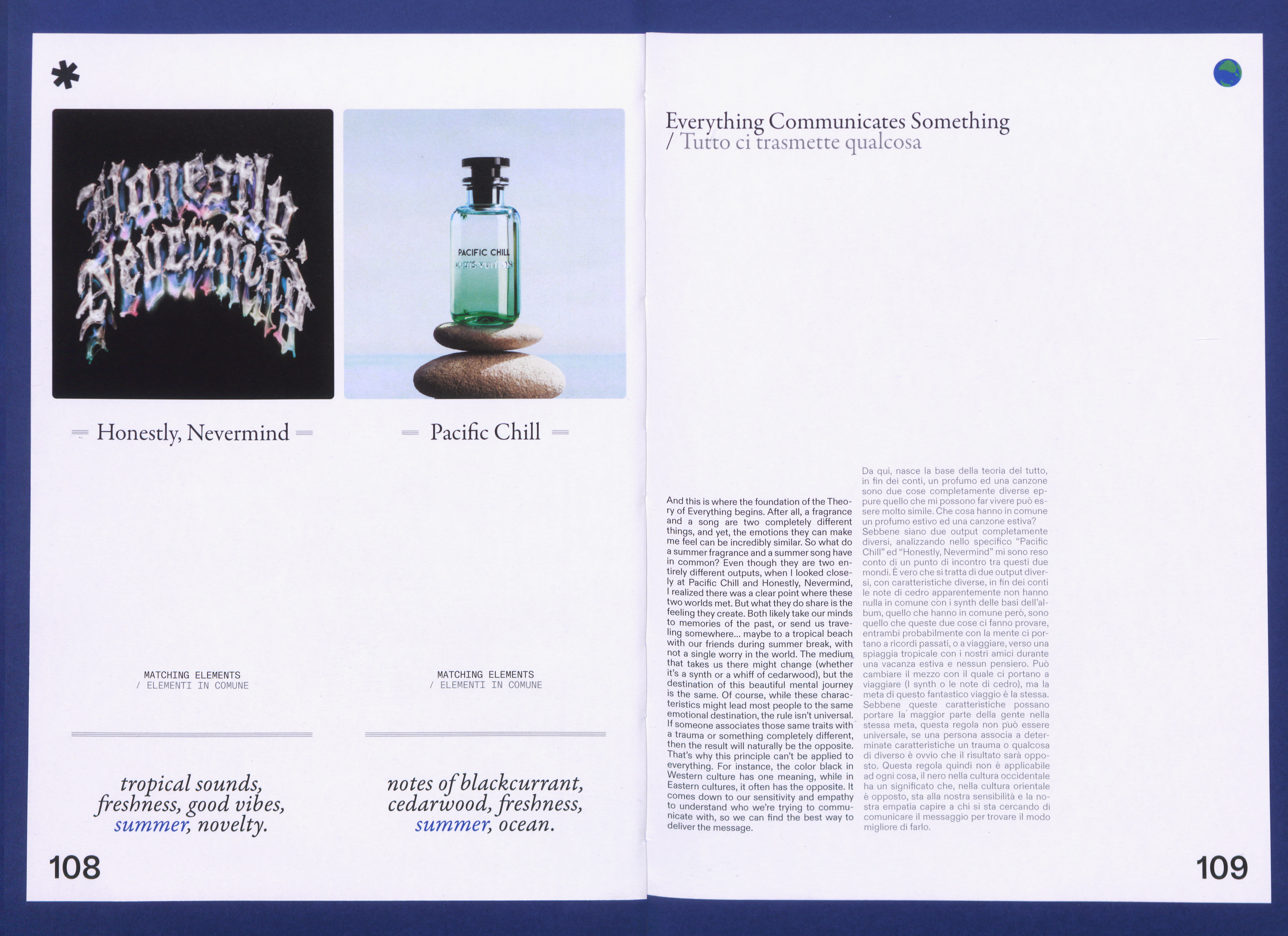
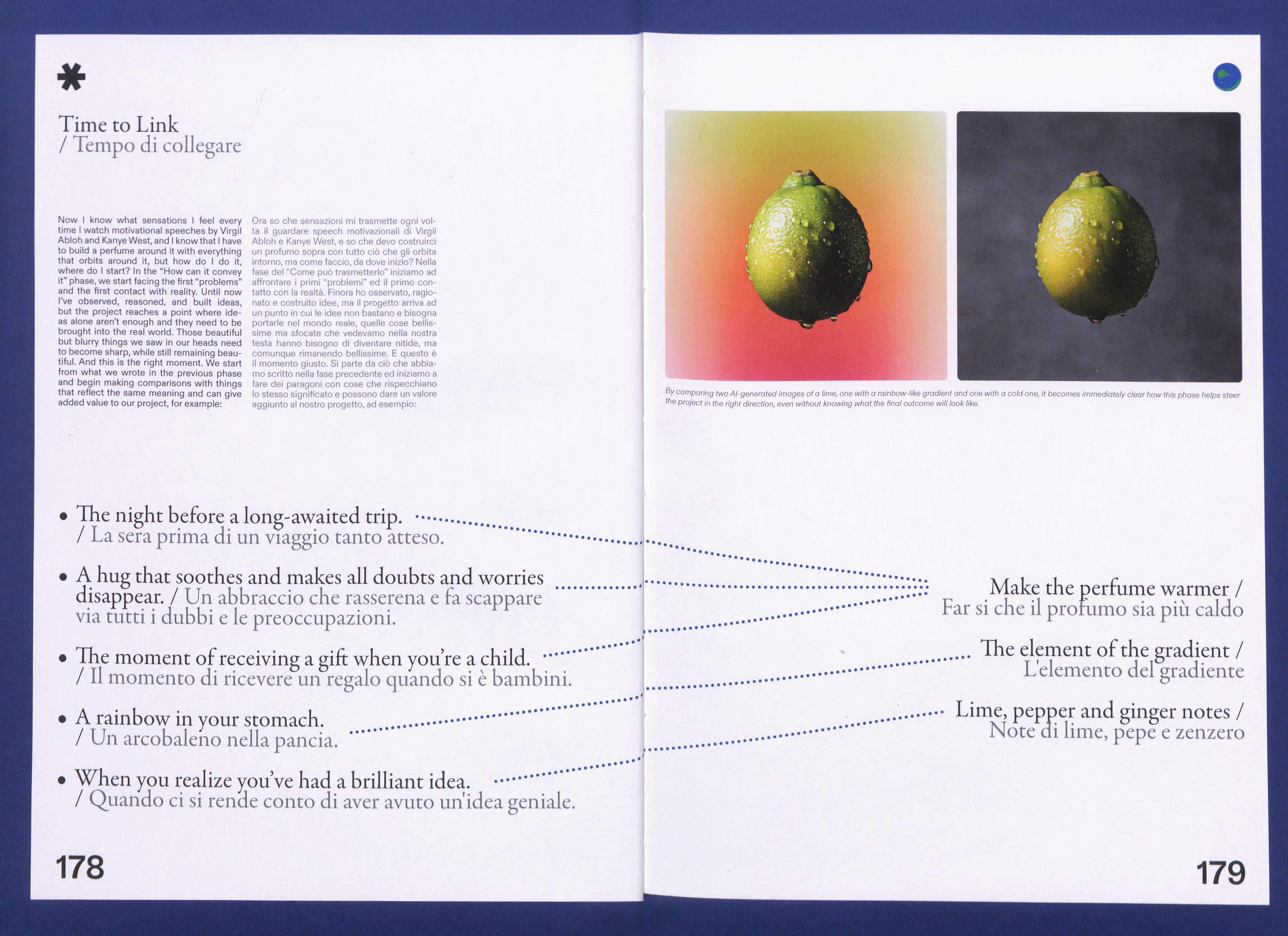
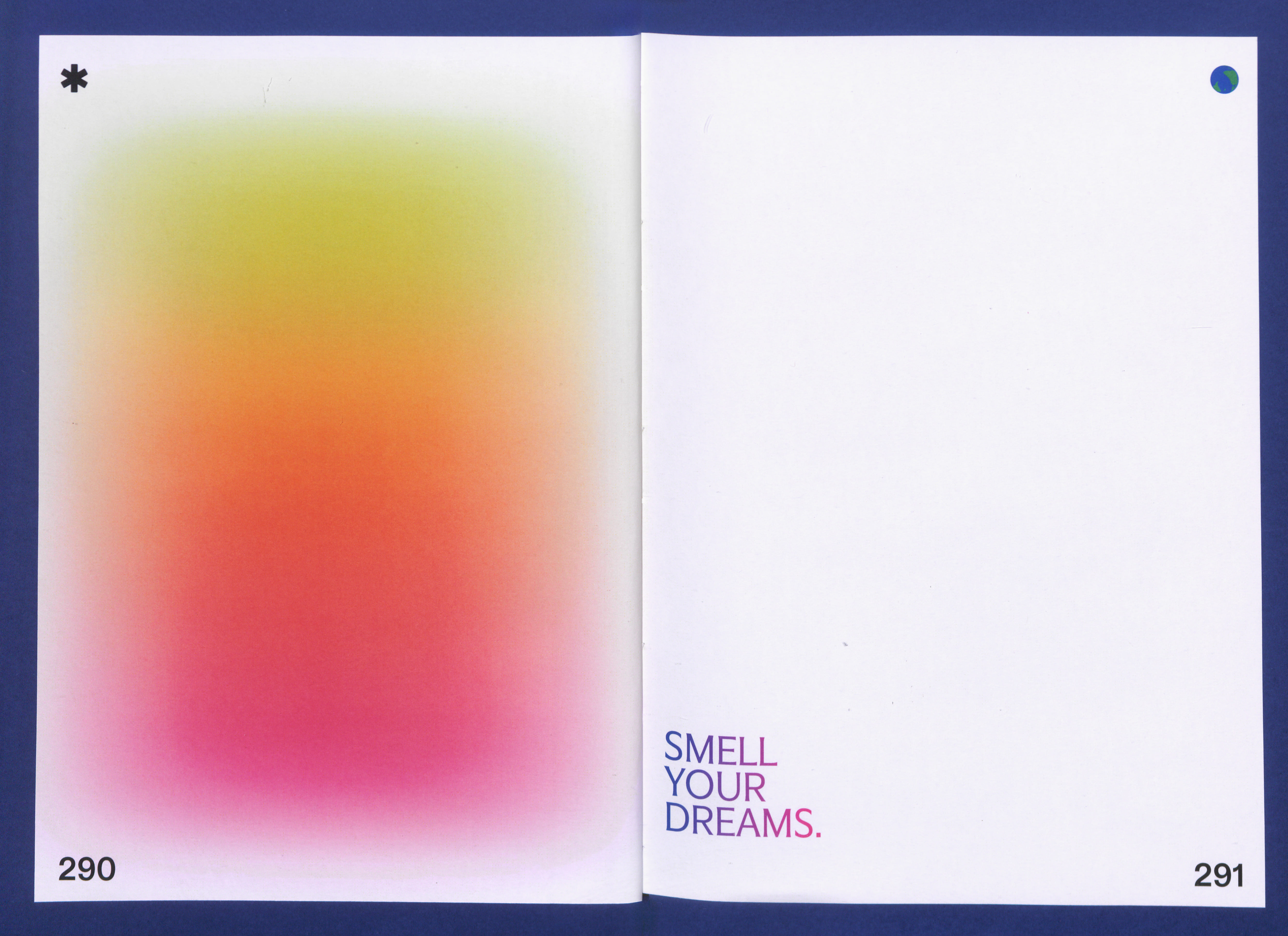

This feeling unfolds in three phases, absence, peak, and slow decline, which shaped every aspect of the project: the perfume has almost no top notes, intense heart notes, and warm base notes that fade gradually. The gradient follows the same logic, moving from blue (absence) to yellow (emotional peak).
To recreate the sensation of goosebumps, I used notes of pepper, ginger, and lime, while the concept of a positive explosion defines every element, from the crater-shaped cap to the box that opens from within, blue outside and colorful inside.
The visuals, entirely AI-generated with an original soundtrack, narrate the story behind this explosion. To keep everything coherent, I defined three communication levels that guide every creative choice throughout the project.
